Altitude: sea level.
The Department of Lima is located in the mid-occidental part of the country. To the north, it limits with Ancash, to the west with the Pacific Ocean, to the east it limits with the Andes. It has an extension of 33,820 km² and a population of over 8’000, 000 people. The capital is the city of Lima, one of the most important in South America and which was declared Cultural Patrimony of the World. The weather is mild and fresh all year round, due to the its proximity to the seashore and the absence of rain.
A Brief History
Conqueror Francisco Pizarro founded the city of Lima, known as City of Kings, on January 18, 1535. He chose the banks of the Rimac River for being a location strategically and geographically perfect. The word Lima comes from the word Rimac, which in Quechua, the official language in the Inca Empire, means talkative. During the Viceroyalty, between the sixteenth and seventeenth century, Lima became the most important and powerful city in South America. It was also the cultural and commercial center of the region. On July 28, 1821, after the decadence of the Viceroyalty and a series of emancipation and independence movements, General José de San Martin proclaimed the independence of Peru in the small village of Huaura, to the north of Lima. The Peruvian Republic was born.
Main Attractions in Lima
Main Square
It is located in the same place where Francisco Pizarro founded it. The Government Palace, the Cathedral and the Municipal Palace are located around the square.
Churches and Monasteries:
San Francisco, Santo Domingo, La Merced, Las Nazarenas, San Pedro, San Agustin, Los Descalzos, San Marcelo and Santa Rosa churches, many of which are over 300 years old, house the mortal remains of the local saints, spectacular sculptures, woodcarvings, and other pictorial work of inestimable value.
National Archaeological Museum
This important museum features the different areas of the Peruvian culture. The archaeological and anthropological areas, founded by Julio C. Tello present the history and development of Peruvian pre-Hispanic cultures through an abundant collection of ceramics, metals, textiles, organic material and physical anthropology.
Mujica Gallo Gold Museum
Private collection of pre-Inca and Inca gold ritual objects and jewels, weapons, ceremonial robes, vases, funerary masks. One Chimu tunic alone is made of 16,000 pieces of gold. Also on display is a remarkable collection of antique arms spanning 15 th – 19th century.
Larco Herrera Musem
Private collection of pre-Inca pottery with more than 45,000 ceramic pieces, pre-Columbian textiles and mummies. Also housed in this museum is the incredible collection of erotic pottery.
District of Barranco
Which still keeps in its buildings the peculiarity of the first years of the Republican period. Many prestigious artists and writers live there. It is also teeming with typical local taverns and restaurants.
Other Attractions in Lima
Pachacamac: Located at 33 km from Lima and very close to the most beautiful south beaches, are found the remains of the ancient pre-Inca sanctuary dedicated to Pachacamac, the “God Creator of the Earth” as well as the Temple of the Sun, the “Acllahuasi” and some other secondary temples. There is also a museum that exhibits archeological pieces found while unearthing the site.
Puruchuco
Located at ten minutes from the center of the city, this pre-Inca house gives a sense of how the ancient Peruvians lived 2,000 years ago. It has a site museum.
Lachay National Reserve
Located on Km 105 of the North Pan-American Highway this area contains a variety of microclimates and has abundant vegetation and wild animals. There are also archaeological sites of pre-Hispanic cultures.
Markahuasi Plateau
Located at 12,000 ft high it is well known as a high-energy point and for its healing powers. The area is covered with animal-shaped rocks. There is yet no scientific explanation as to their origin. A visit to this interesting site should include a shamanic guide to handle mystical ceremonies.
Cañete City
Province of the Department of Lima, an hour from Lima by car or bus. The valley has lovely beaches, fishing inlets and archeological zones. Lunahuana is part of the Cañete Valley, surrounded by impressive natural areas where to practice rafting, fishing and hunting.

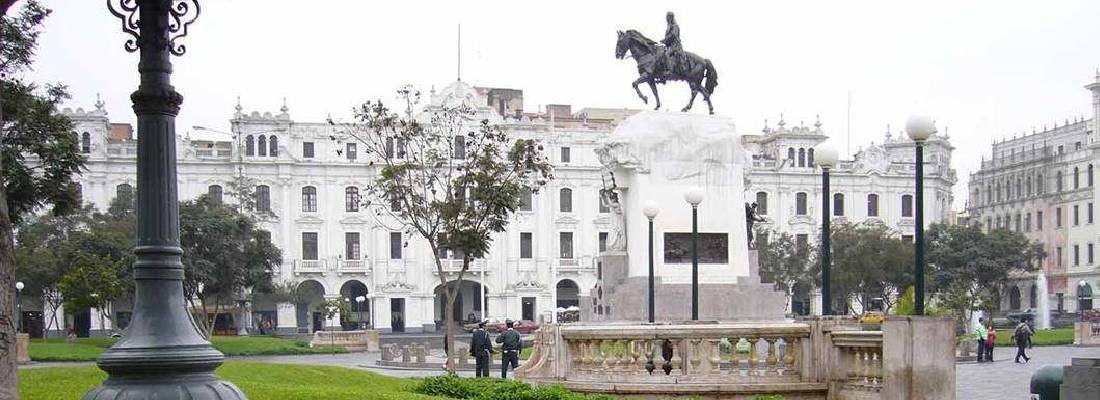
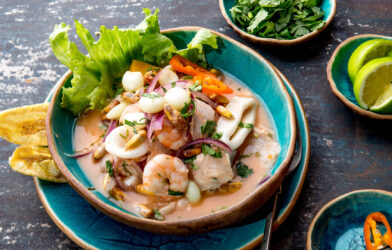
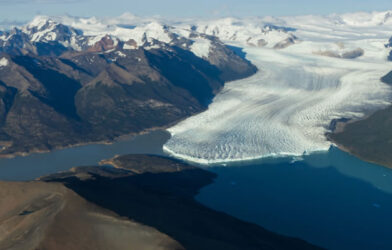
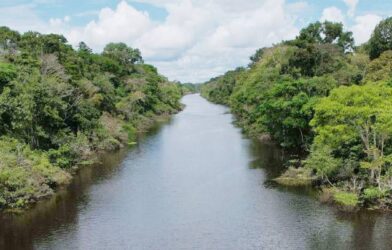
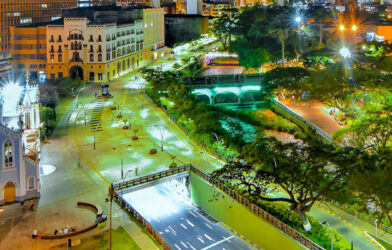
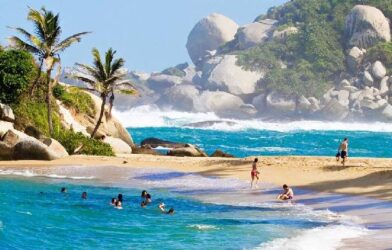
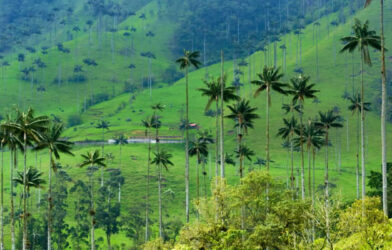
Comments are closed